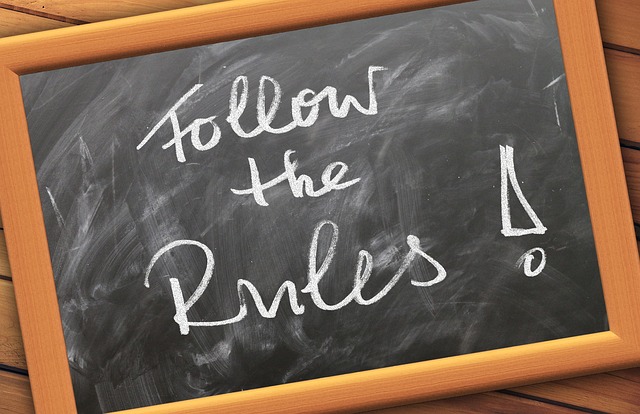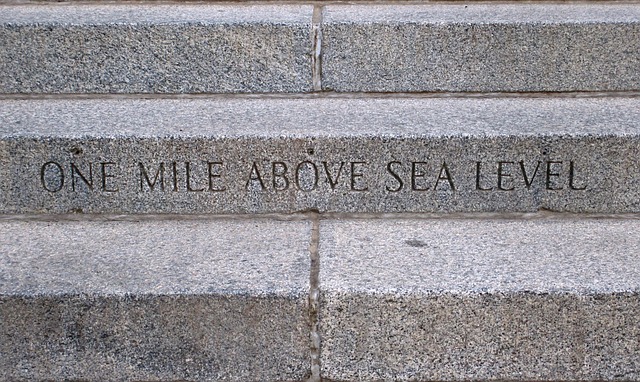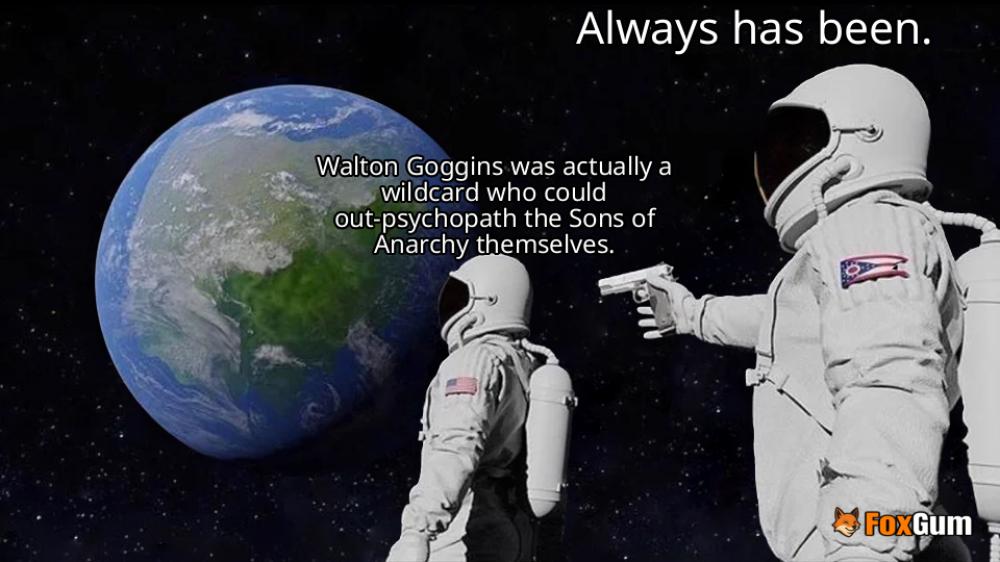
"Letters From Iwo Jima"
When it comes to war movies, few manage to capture the complexities of battle and humanity quite like Clint Eastwood's Letters From Iwo Jima. Released in 2006, this film takes a nuanced look at the infamous Battle of Iwo Jima, but with a twist: it tells the story from the perspective of Japanese soldiers. Yes, that’s right! It’s like flipping the script on a classic tale, and it’s about as refreshing as finding an extra fry at the bottom of the bag. 🍟
A Companion Piece
Interestingly, Letters From Iwo Jima serves as a companion piece to Eastwood's earlier film, Flags of Our Fathers, which portrays the same battle but from the American viewpoint. The two films were shot back to back, which is a bit like a double feature, except instead of popcorn, you get a heavy dose of history and emotion. The battleship USS Texas (BB-35), which played a role in both films, even participated in the actual attack on Iwo Jima. Talk about a multi-tasking vessel!
Language and Authenticity
One of the standout features of Letters From Iwo Jima is its authenticity. The film is almost entirely in Japanese, with only a few English sequences sprinkled in like confetti at a parade. This choice not only enhances the film's realism but also immerses viewers in the soldiers' experiences. After all, nothing says "I’m serious about this war movie" like subtitles and a whole lot of emotional dialogue. 📜
Characters and Stories
At the heart of the film is General Tadamichi Kuribayashi, portrayed by the talented Ken Watanabe. His character is based on real-life accounts from the book Gyokusai sōshikikan no etegami, which translates to "Picture letters from the Commander in Chief." The film delves into the struggles and fears of the Japanese soldiers, showcasing their humanity amidst the chaos of war. It’s like getting a peek behind the curtain of a very intense and tragic stage production.
Why It Matters
So why should you watch Letters From Iwo Jima? For starters, it challenges the traditional narratives often found in war films. By presenting the Japanese perspective, it allows for a more rounded understanding of the conflict. Plus, it’s a reminder that behind every uniform, there are stories of courage, fear, and sometimes a little bit of comic relief—because who doesn’t need a chuckle in the midst of chaos? (Just kidding, war is not a laughing matter, but you get the idea.)
Final Thoughts
In conclusion, Letters From Iwo Jima is not just a war film; it’s a poignant exploration of the human condition in the face of adversity. It’s a film that encourages viewers to reflect on the complexities of war and the shared experiences of those on both sides of the battlefield. So grab some popcorn (or maybe a veggie platter if you’re feeling healthy) and prepare for a cinematic journey that’s as enlightening as it is engaging. 🎬

















 Awards Won by I'm Still Here
Awards Won by I'm Still Here 
 Health
Health  Fitness
Fitness  Lifestyle
Lifestyle  Tech
Tech  Travel
Travel  Food
Food  Education
Education  Parenting
Parenting  Career & Work
Career & Work  Hobbies
Hobbies  Wellness
Wellness  Beauty
Beauty  Cars
Cars  Art
Art  Science
Science  Culture
Culture  Books
Books  Music
Music  Movies
Movies  Gaming
Gaming  Sports
Sports  Nature
Nature  Home & Garden
Home & Garden  Business & Finance
Business & Finance  Relationships
Relationships  Pets
Pets  Shopping
Shopping  Mindset & Inspiration
Mindset & Inspiration  Environment
Environment  Gadgets
Gadgets  Politics
Politics 